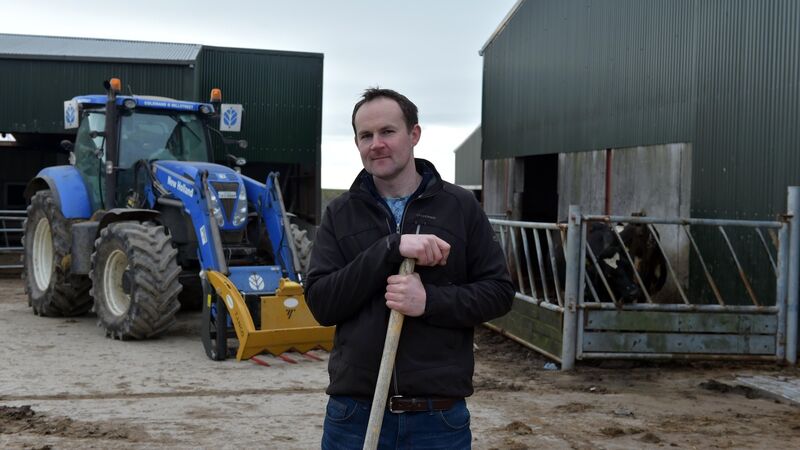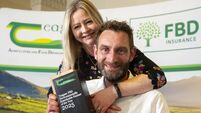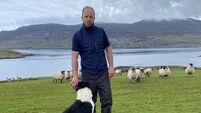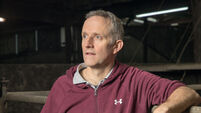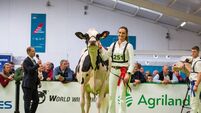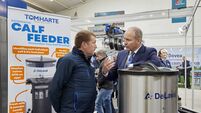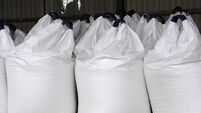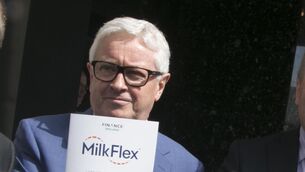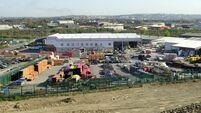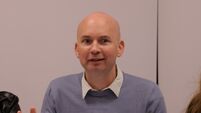Co Kerry dairy farmer Joe Carroll hopes making his farm more environmentally sustainable will make it easier to run solo, while also improving his bottom line.
He’s been focusing on soil fertility, grass management, and cow fertility so far - but hopes to eventually install solar panels too on the fam.
Joe took the ambitious step to start out on his own in 2011, with the support of his father, Tim Joe, and brother, John, who manage the home farm, and has been working to make the business as efficient as possible since.
Milking 84 cows by the coast near Ballyheigue, he has a busy few months ahead as his herd are due to start calving in a six-week block starting on February 1.
The herd is based on a mixture of Holstein and Jersey genetics, with breeding focused largely on improving milk quality and cow fertility, something which has already significantly improved the efficiency of the farm.
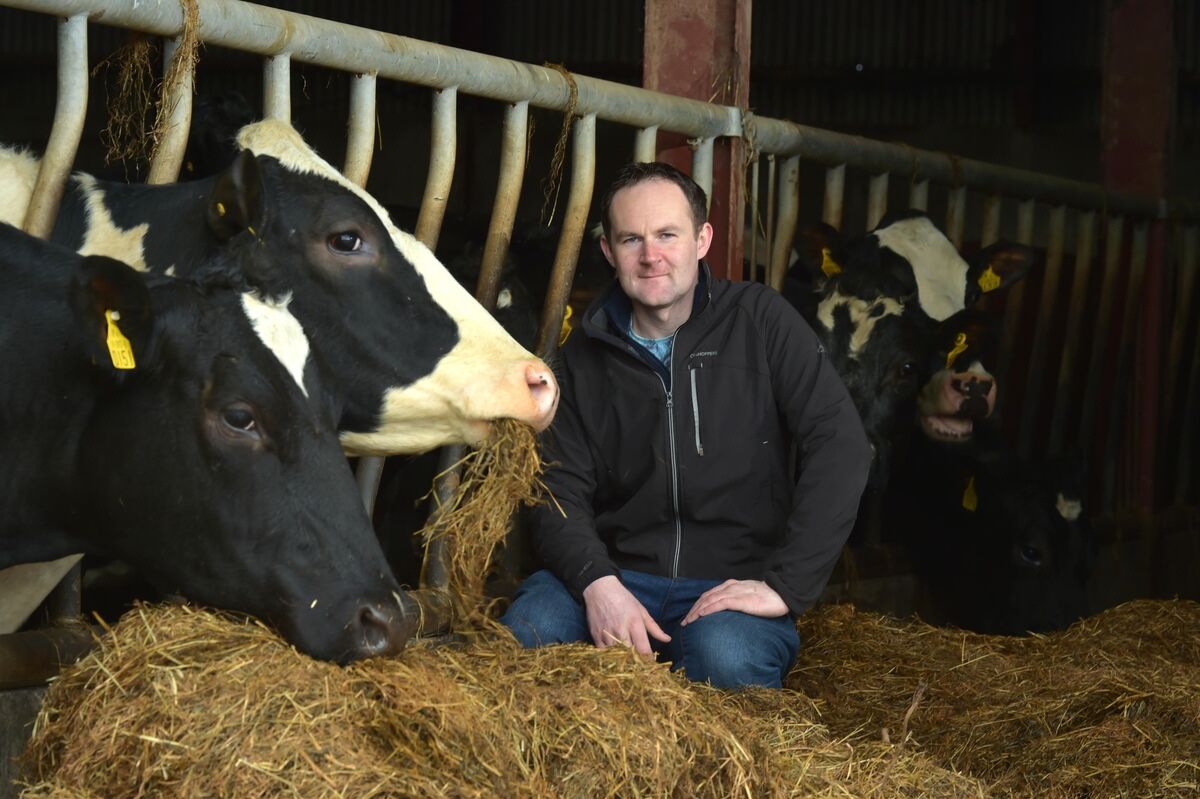
The cows have an average EBI of €169, something Joe puts at the centre of his breeding programme, notching up the rankings with each generation.
For example, replacement heifers born in 2020 and 2021 have EBIs of €191 and €221, respectively. While calves born this year will have an expected EBI of €224.
The herd also has milk and fertility sub-indices of €54 and €72 with strong fat (0.17%) and protein (0.11%) percentages.
Cows produced 483kg of milk solids in 2021 from an average yield of 5,490kg of milk.
Production is mainly grass-based with 690kg of meal fed on average in 2021.
Cows have been averaging 3.6 lactations, with a replacement rate of 18%.
He tried to run an efficient breeding cycle, with an impressive 363-day calving interval in 2021.
The six-week calving rate was 90%, with replacement heifers calving at the Government’s encouraged 24 months of age target.
Joe joined the Signpost programme as a demonstration farmer on the Kerry and Teagasc joint programme.
“I wanted to improve my enterprise and by making things more efficient, hopefully, make life easier on the farm too as I’m here on my own,” he said.
“I knew I would learn a lot from the programme, and I hoped other people might see what we are doing and want to take some of it on board for themselves too.”
In keeping with the objectives of the Signpost programme, he has focused heavily on optimising animal performance from grazed grass.
The farm is 25.5 hectares, with seven hectares are leased for replacements and silage.
Joe carries out soil sampling annually which gives him a better indication of the nutrient requirements of the soil.
Previously, around the farm was analysed every second or third year; however, since joining the Signpost programme he now samples the whole farm each time.
Already he has seen progress from some of the management changes he has made - particularly making better use of his herd’s slurry.
Soil samples taken in 2020 showed that 35% of the farm was optimal for overall soil fertility.
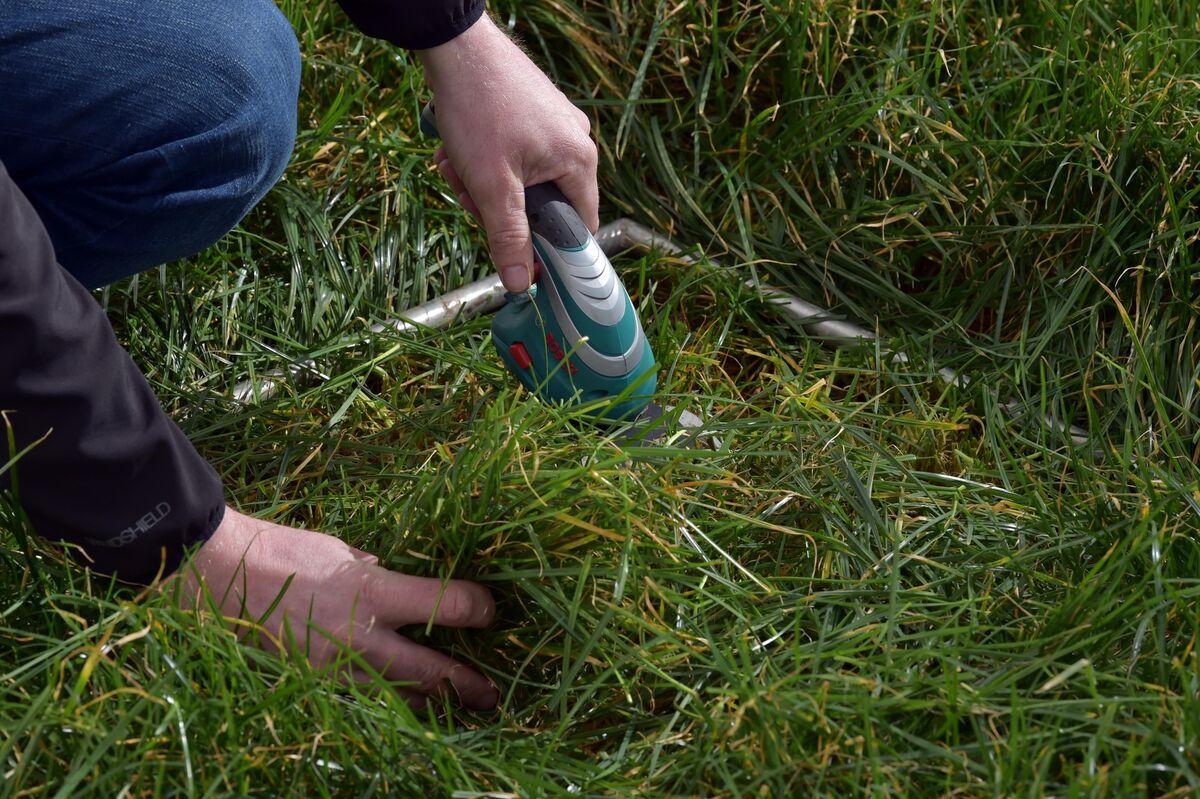
Breaking it down 78% of the farm was optimal for soil pH, 91% for phosphorus (P) and 41% for potassium (K).
To build on this, he spread around 20 tonnes of lime in 2021, targeted P where necessary, and spread MOP last autumn.
Joe also incorporated protected urea into his fertiliser plan last year and made the transition from CAN to protected urea to decrease the nitrate and ammonia losses.
“Soil fertility has been a major focus,” he said. “When I started out the soil was very low in potash so I’ve been working on that, and now, I make sure every paddock is spread with slurry too - which has made a big difference.”
He now spreads 60% of slurry in spring with 40% spread after the first cut of silage. All slurry is spread using low-emission spreading techniques.
When the farm was purchased in 2011 a reseeding programme was implemented and now Joe is identifying fields to be reseeded again. This ensures that he is maximising the yield potential of his farm. In 2021 the farm grew 13.8 tonnes DM/ ha.
He is also a seasoned campaigner on Pasturebase Ireland.
In 2021, he completed 38 grass covers which yielded 8.7 grazings per paddock. The average pre-grazing yield in 2021 was 1,520kg DM/ha. This highlights his attention to detail with the grassland management.
Joe also incorporated coated clover into recently reseeded swards. Only paddocks that had optimal soil fertility were selected. The clover was stitched into swards, which he grazed at low covers for multiple grazings to allow the clover to establish.
Although he did not include clover in swards reseeded this year due to the uncertainty of clover-safe post-emergence spray, he will be including it in next year’s reseeding programme.
Joe also wants to enhance biodiversity on his farm. Since he farms by the sea, the establishment of hedgerows and trees is difficult.
However, he does have stone walls which are of significant value to biodiversity in the area.
Another way Joe is looking to reduce his carbon footprint was the installation of a new gas water heater in the milking parlour to reduce electricity requirements.
He also installed energy-efficient LED lights in calving pens and is considering installing PV panels in time.
His father and brother have already installed solar panels on the home farm above cattle housing last year.
“We were watching a neighbour who had huge savings in terms of his electric costs, but it will be another year before they see the difference at home,” Joe said.
“It’s something I’d like to do too if they get on well with them.”
